Why is my spider plant turning yellow?
Identify the common causes and learn how to nurture your spider plant back to health
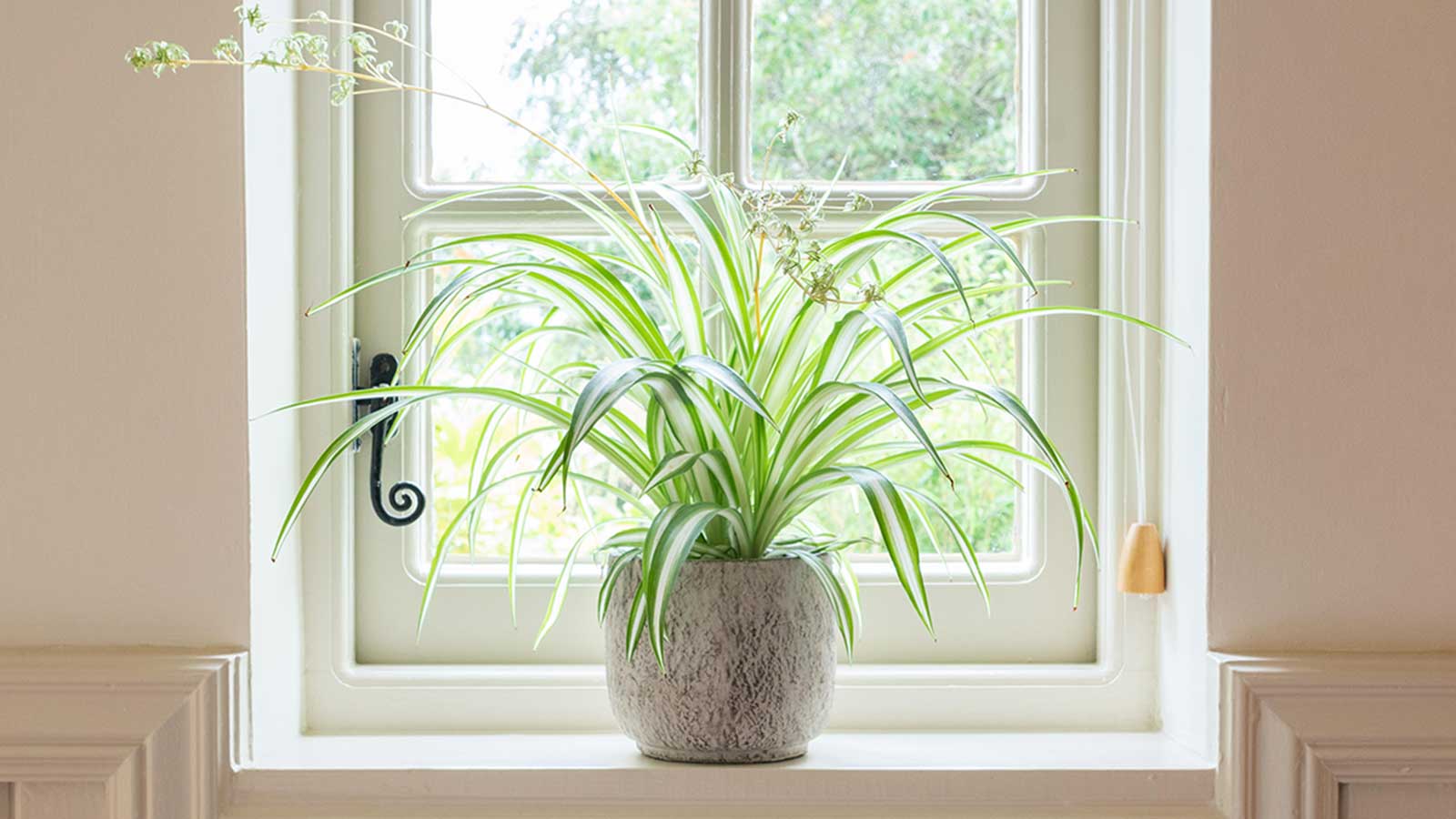

Chlorophytum comosum, also known as spider plants, are one of the most popular houseplants. In most cases, these leafy green spider plants are easy to maintain and are fairly simple to rescue if they start to wilt or change color.
If your spider plant is turning yellow there are a number of potential reasons why this is happening, and it may mean making some simple adjustments to your spider plant care regime.
Spider plants have a number of amazing benefits - they are known to be air purifying plants, and can help to improve humidity indoors. They are also super simple to propagate.
Our houseplant experts take a look at some of the common causes, and offer advice on what to do to nurture your spider plant back to full health.
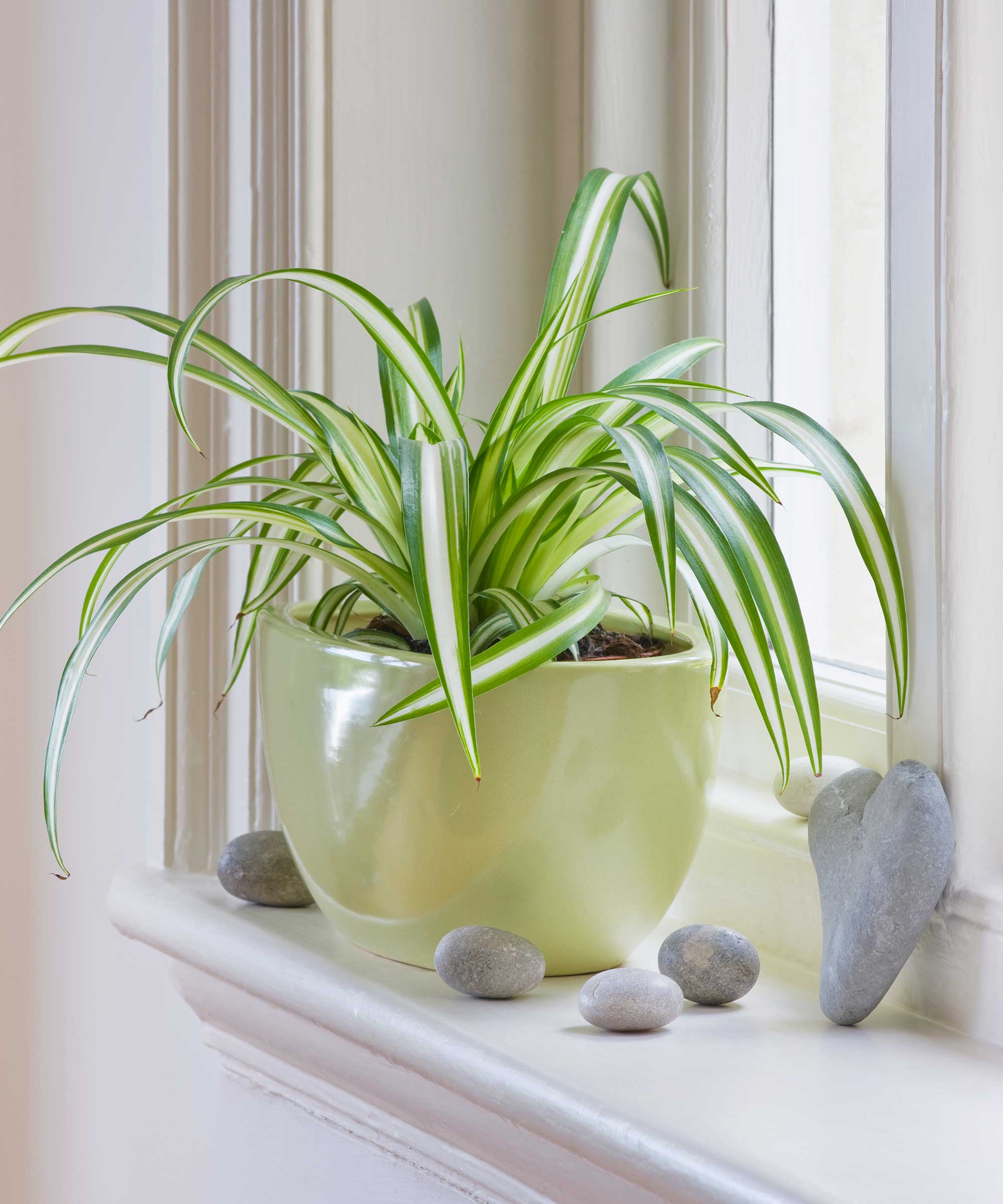
Why is my spider plant turning yellow?
Here are five potential reasons why your spider plant might be turning yellow.
Overwatering
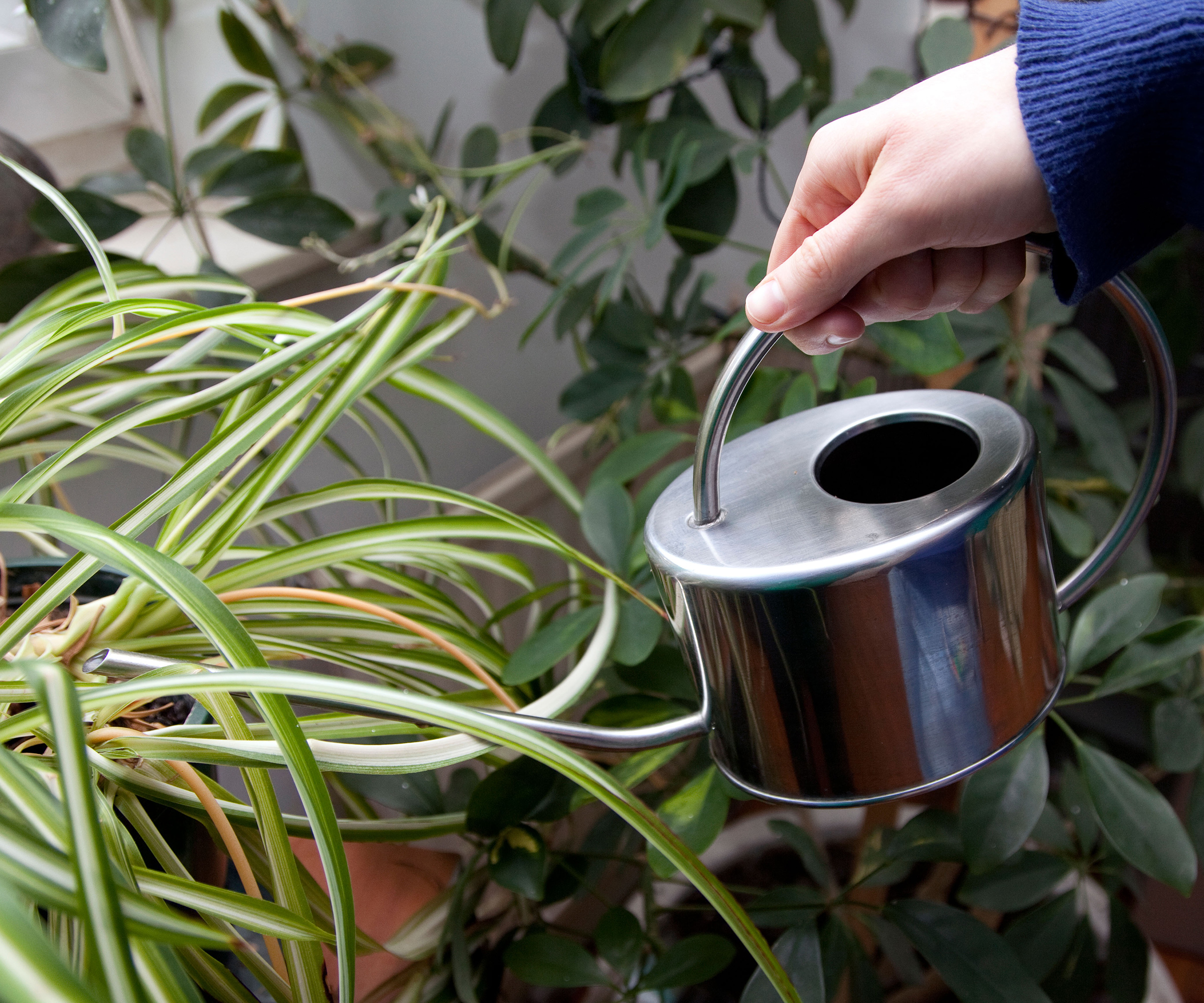
Overwatering is a mistake that indoor gardeners often make that can lead to root rot in spider plants. Because of this condition, the plant can't take in the nutrients it needs, which makes the leaves turn yellow and wilt.
Overwatering also causes a lack of oxygen in the soil. Too much water forces the oxygen out of the soil, disabling the spider plant’s ability to breathe.
Design expertise in your inbox – from inspiring decorating ideas and beautiful celebrity homes to practical gardening advice and shopping round-ups.
One way to combat overwatering is, if you think you are overwatering your spider plant, to let the soil dry out completely before watering it again.
Underwatering
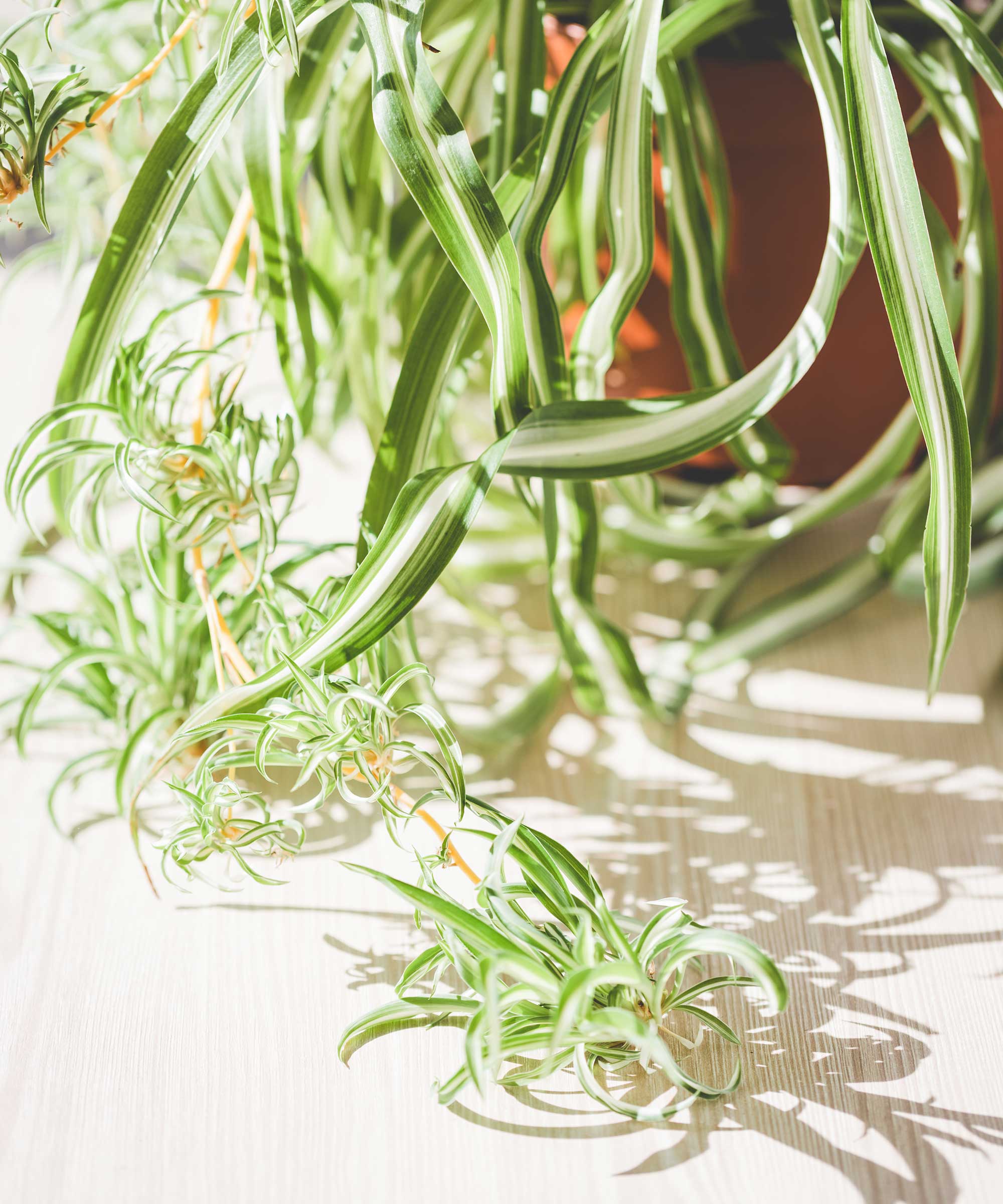
‘On the complete opposite end of the spectrum, your spider plant may be turning yellow due to underwatering,’ explains Christine Tobar, Owner and Founder of Botanicoeur. ‘Underwatering also stresses the plant, resulting in yellow leaves. Establish a consistent watering routine that keeps the soil moist but not waterlogged.’
There is also the solution of using a self-watering planter from Amazon which is designed with a saucer that acts as a reservoir and water storage. To prevent underwatering, when the spider plants need water, water is then diverted from the reservoir to the soil. Through self-watering planters your spider plant may only need to be watered once a fortnight.

Christine is the owner and founder of Botanicoeur, a plant interior design company based in Baltimore County, Maryland. She started Botanicoeur in 2022 due to her love of plants and interiors. Christine is a huge proponent of mental health awareness as plants are an easy, natural way to boost your mood and productivity in your home.
The light levels aren't right
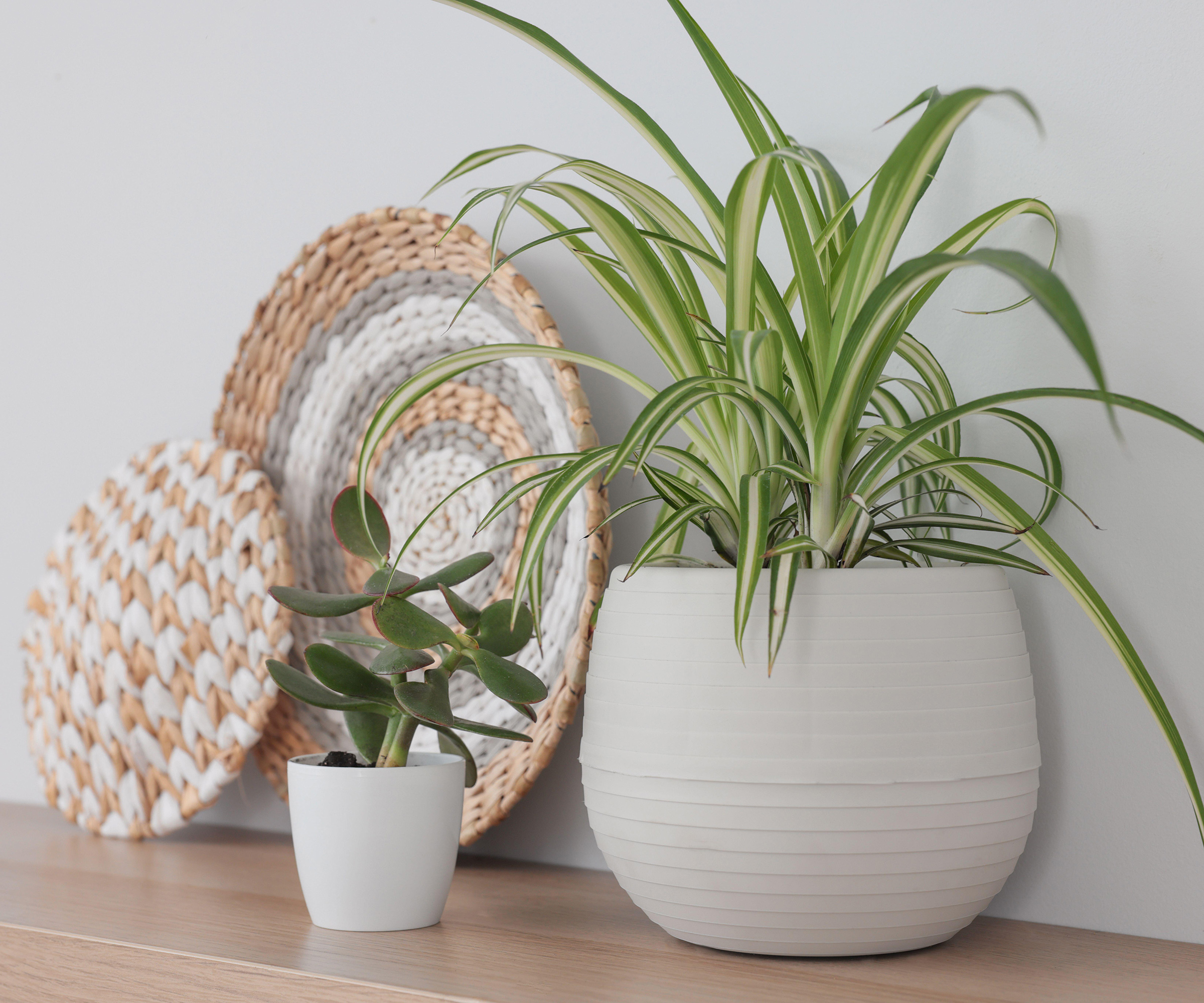
Spider plants may turn yellow if they are receiving too little or too much light. As spider plants are tropical, they perform best in bright, indirect light.
If your plant is yellowing then it may be a sign that your spider plant needs to be moved, too much light can cause the leaves to yellow and bleach out through scorching.
Position your plant in a spot where it receives bright, indirect light. Try where possible to place your spider plant near a natural light source as opposed to artificial light as it may be easier for the plant to self-regulate and adapt to the day-night cycle.
It it deficient in nutrients
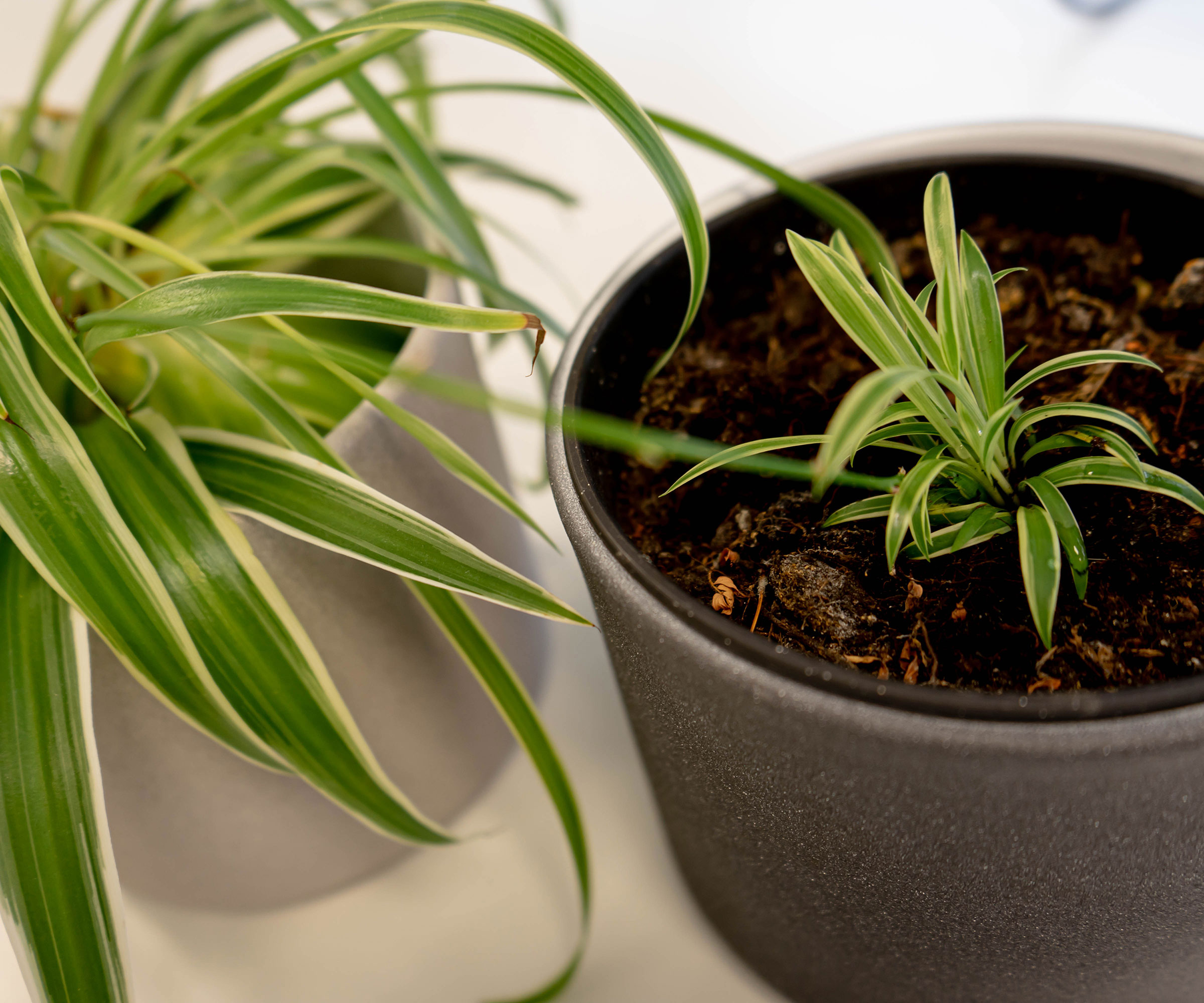
A nutrient deficiency in the soil, especially in nitrogen, might lead to yellowing leaves on your spider plant.
It's advisable to feed your plant with a balanced, water-soluble fertilizer every 4-6 weeks during the growing season can address this problem.
You can use a 20-20-20 NPK fertilizer, such as this one from Amazon, which is an all-purpose plant food that will give your spider plant an added boost of vitality to help restore it to its natural color.
It may have a pest problem

According to Tim Graham, Chief Horticulturist at Yard and Garden Guru, even though spider plants are not typically susceptible to pests and diseases, 'a few different pests can damage the plant and cause yellowing or browning of the leaves'.
The most common pests that can cause discoloration are spider mites, mealybugs and aphids, which are all attracted to the spider plant’s foliage.
You can treat pests on your spider plant with a natural insecticide solution such as Neem Oil & Peppermint plant spray from Amazon.

Tim is a passionate horticulturist and landscape designer with over 20 years of experience in the industry. As the founder and chief horticulturist at YardAndGardenGuru.com, he aims to empower gardeners of all skill levels with expert advice, innovative ideas, and eco-friendly practices.
FAQs
Should I cut yellow leaves off my spider plant?
If your spider plant has a completely yellow leaf then you should cut it off the plant using a sterile cutting tool. By removing the dead yellow leaves you are allowing the plant to focus its attention and nutrients on maintaining and growing healthy, new leaves.
Spider plants can turn yellow for a number of reasons, but with a few simple tweaks it shouldn't take long before it's looking fresh and healthy again. When you start to see mini 'spiderettes' forming, this is a sign your plant is super healthy. You can snip them to create new plants, as spider plants are among the easiest houseplants to grow from cuttings.

Seraphina is a contributing editor at Homes & Gardens, writing Solved features on organizing and storage. She loves to decorate and also grow her own produce from her home in London. Her previous experience includes working at Women's Health and Fabulous Magazine.